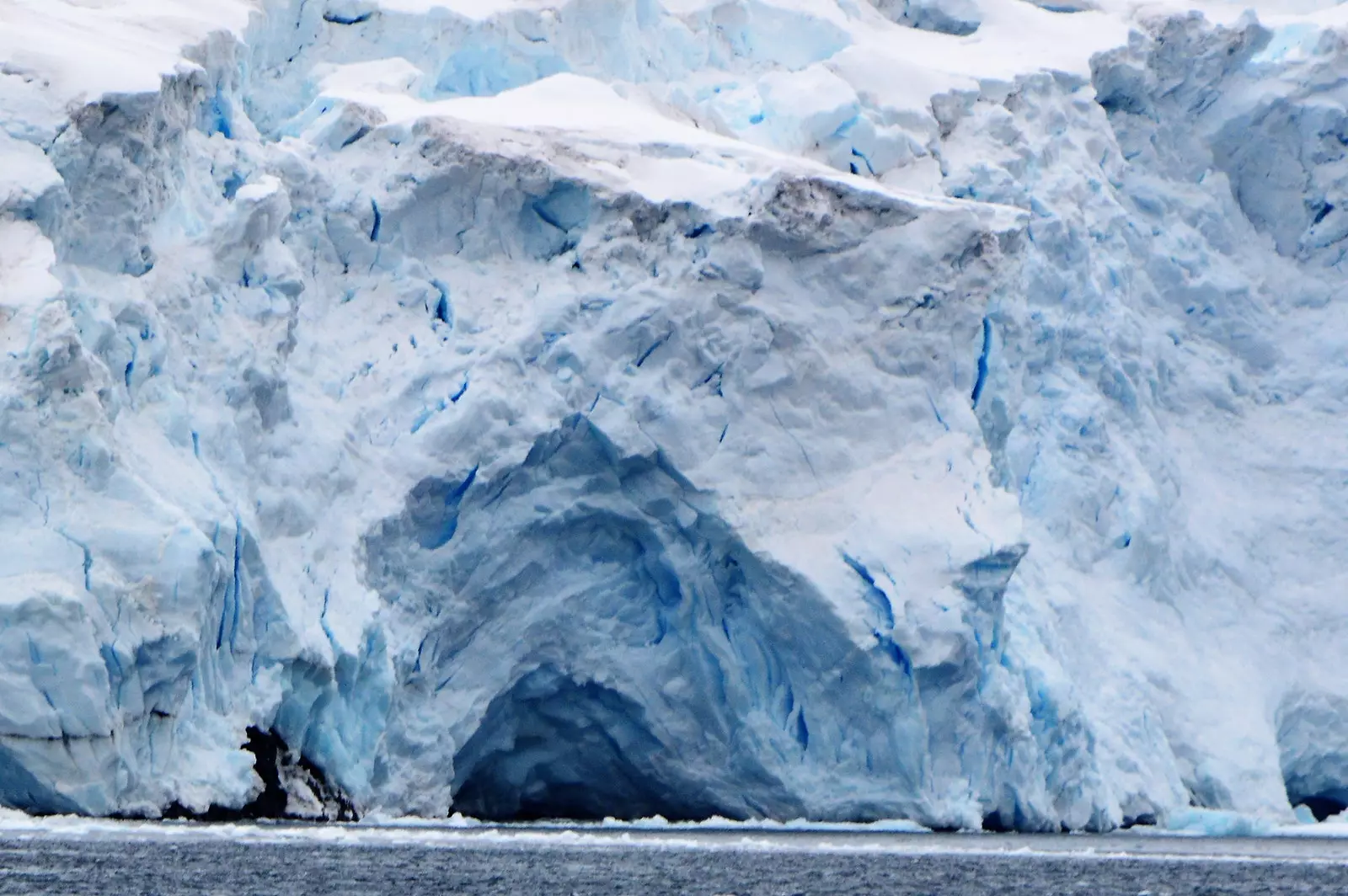
Everything and nothing in Antarctica
Sea elephants, leopard seals, whales, penguins that scamper everywhere, thousand-year-old glaciers, the antartida offers a unique show for lovers of wild nature.
visit a penguin colony in Antarctica It is one of those experiences that are never forgotten, among other things because of the strong odor emanating . The of the Barrientos Island , in the South Shetland archipelago , is home to some 8,000 individuals of the Papuan and Chinstrap species. The only way to get there is with a Zodiac (as is the case on most of the islands, where there are no piers). As you get closer, small curves begin to appear on the horizon that can be seen as heads. There are hundreds and they are everywhere.
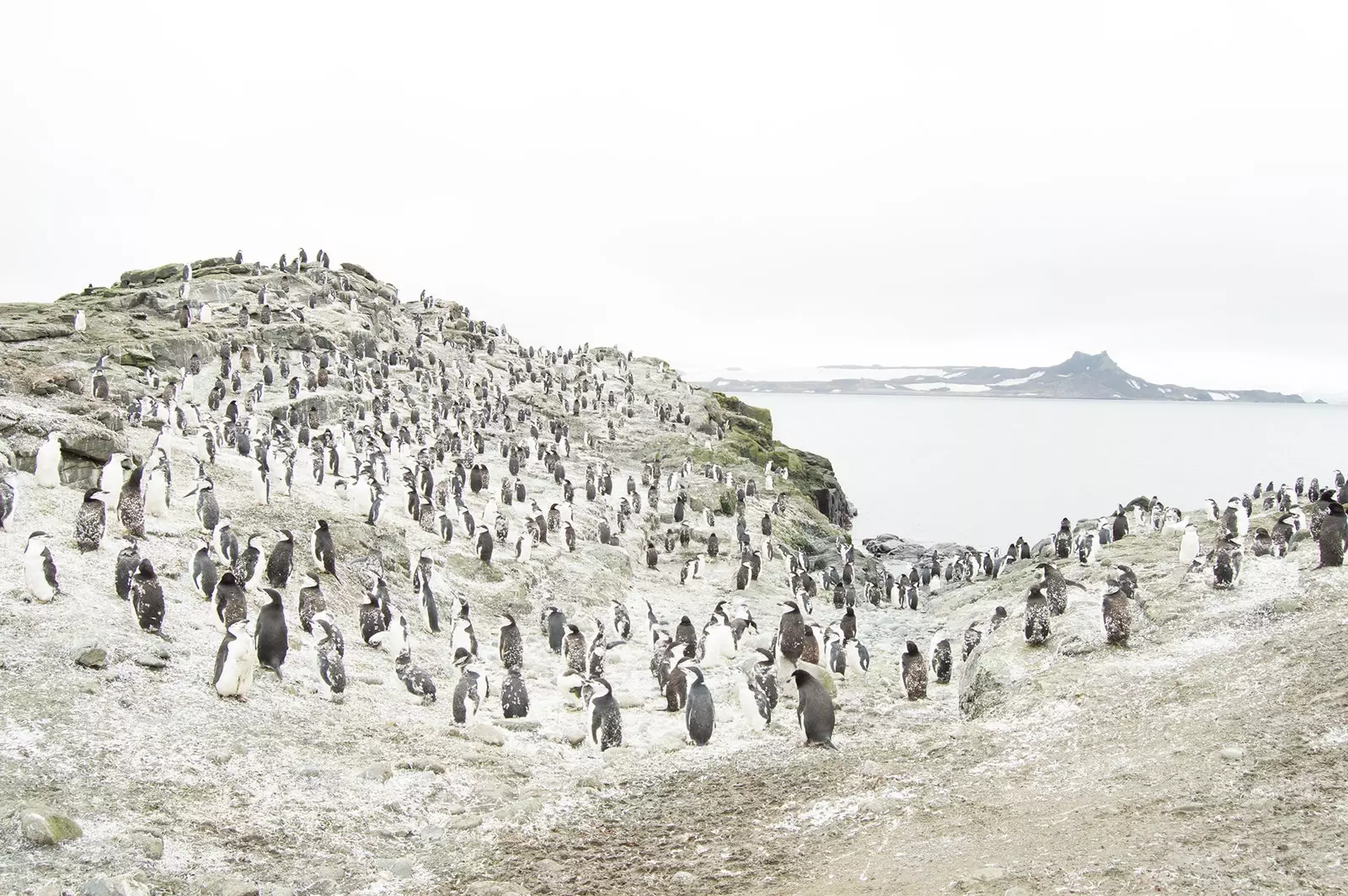
Penguins dot the Antarctic landscape
The gentoo penguins They measure about 80 centimeters in height and weigh up to 7 kilos. They have an orange beak and a small white spot on their head. Their characteristic black and white plumage gives them an elegant touch, as if they were wearing a tailcoat . The chinstrap it is more stylized and fine, with a black line under the eyes. It is a very gregarious animal, living in groups of up to a million individuals.
It is impossible not to crack a smile when contemplating his clumsy and funny walk . It's very Chaplinesque, with the body swaying from side to side, as if wearing a pair of huge diving fins.
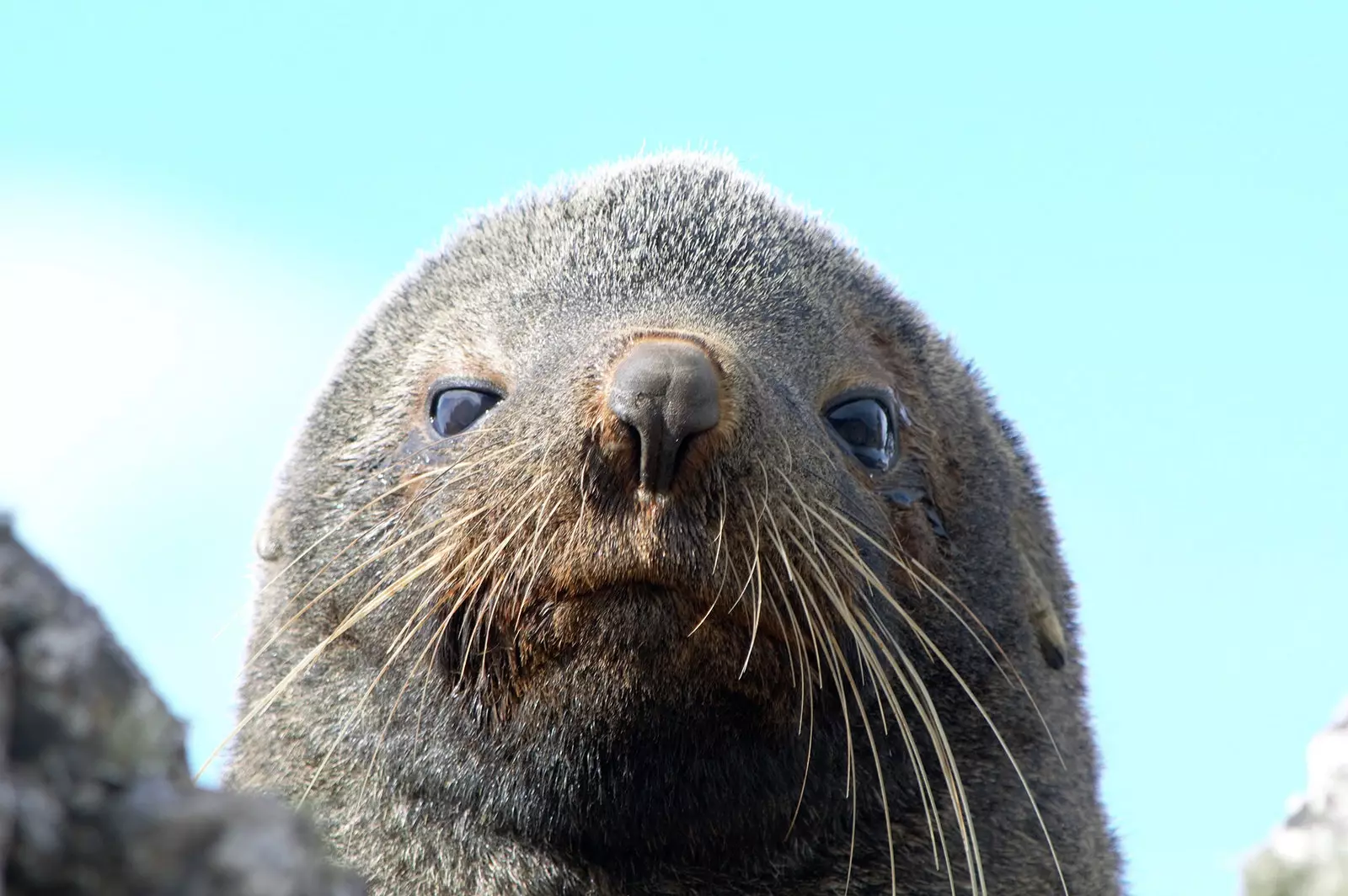
Seals "in the sun" in Antarctica
Some sleep peacefully face down, others shoot out of the water like acrobats to land on their feet; they also meet in groups, raise their beaks to the sky and cackle (a song similar to that of a seagull, but more serious and broken), as if they were discussing some matter of vital importance.
Many females groom and pamper their chicks, which hatched just a few months ago. His image is even more tender than that of his parents. They are literally living stuffed animals, As soon as you see them you feel an irrepressible desire to hug them to your chest.
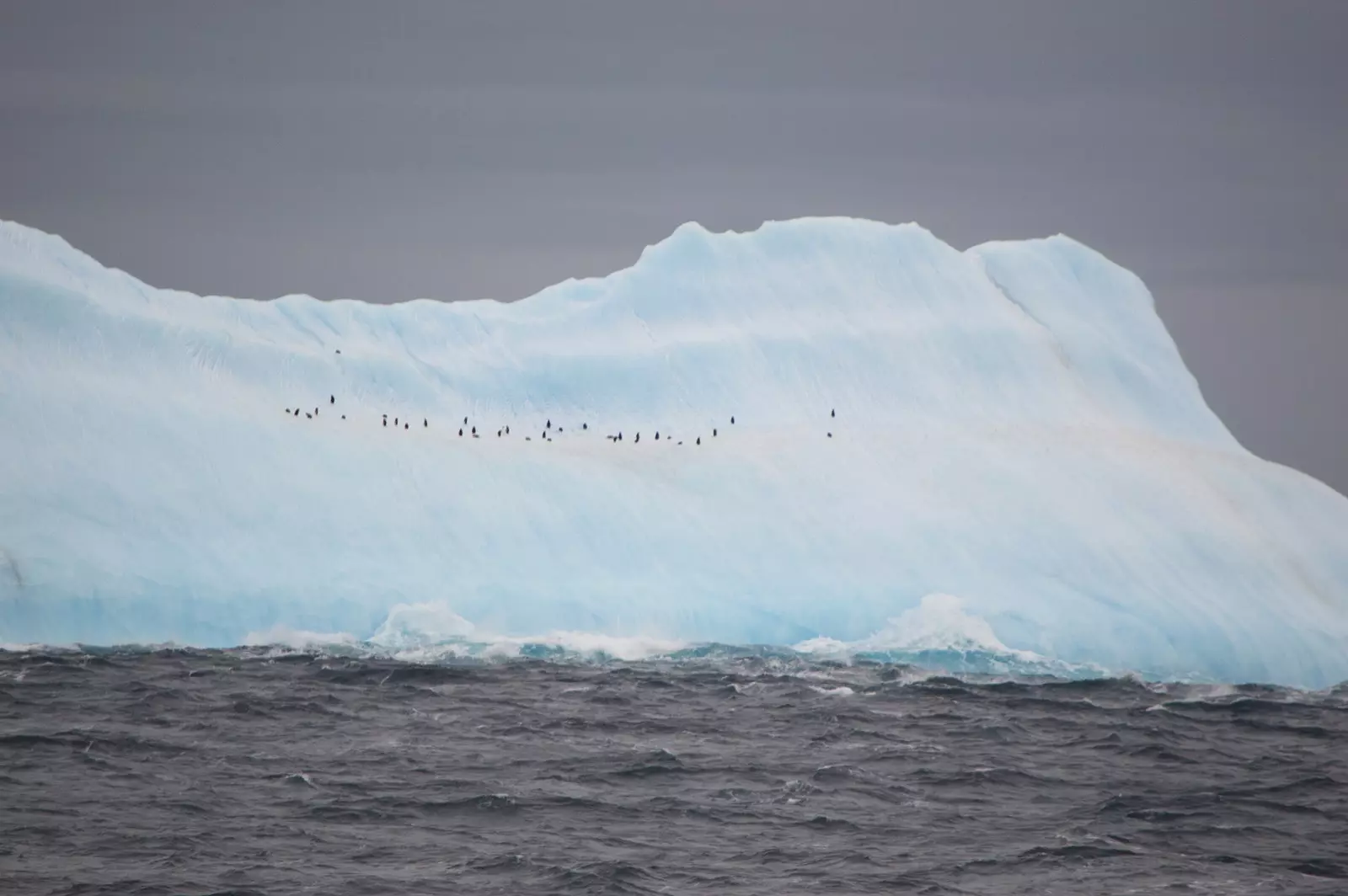
Those little dots in the background, yes, they are penguins
NATURE IN ITS PUREST FORM
But not everything is so idyllic in this animal life sanctuary . Nature has a wild and unforgiving face. It is common to meet penguin skeletons and severed body parts (particularly fins, which due to their cartilaginous origin take longer to decompose) .
There we witnessed how a skua (carnivorous Antarctic bird) unceremoniously devoured a penguin chick, while the rest remained helpless in front of the scene that had hints of Greek tragedy.
The Antarctica landscape has something lunar and apocalyptic : in the interior of the continent extends a real snow desert compound endless white plains without a hint of life . It is common not to see the sun throughout the day, as it remains covered by a thick layer of fog.
In winter the days pass 24 hours in the dark , Y in summer the light does not disappear . Temperatures are also extreme, with records of up to 89 degrees below zero , the lowest on the planet.
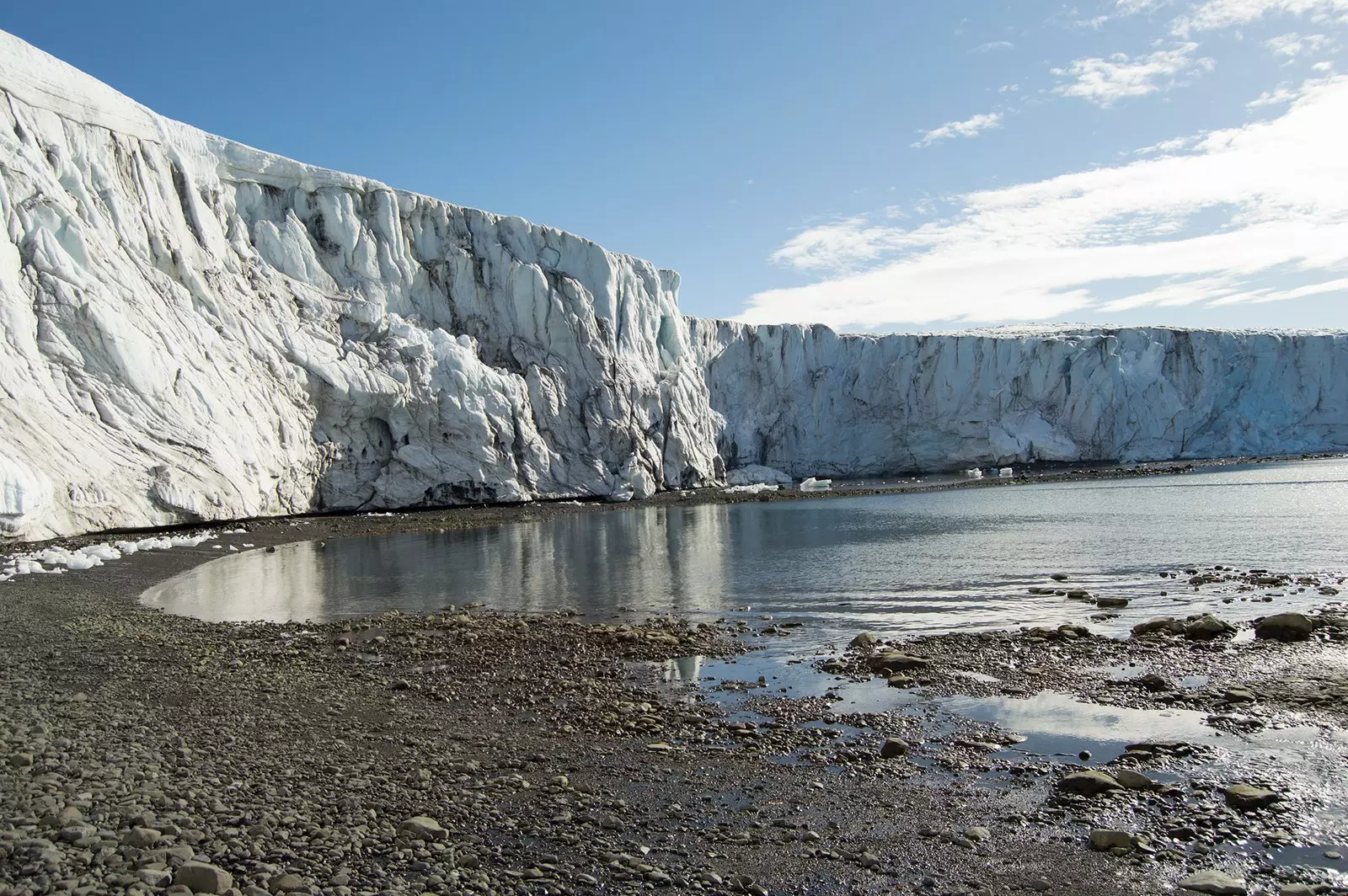
Impossible ravines of ice populate these lands
COLONIES OF ELEPHANT SEALS
In the Dee Island, near Barrientos , live colonies of elephants and sea lions . They take advantage of the good weather (an average of minus five degrees) in the summer months to give birth and nurse their young. A group of six elephant seals are basically engaged in dolce far niente: their naps are only interrupted to stretch and yawn.
The presence of the male (much larger than the females) is impressive: his body can weigh 4,000 kilos ; the fins are very small in proportion to the rest of the body, so on land it has to crawl like a colossal worm. Retractable nose gives it a grotesque look . Despite that intimidating appearance, his gaze overflows with humanity, it is not difficult to glimpse the living being that lives in it, that listens to us, questions us, just as we do.
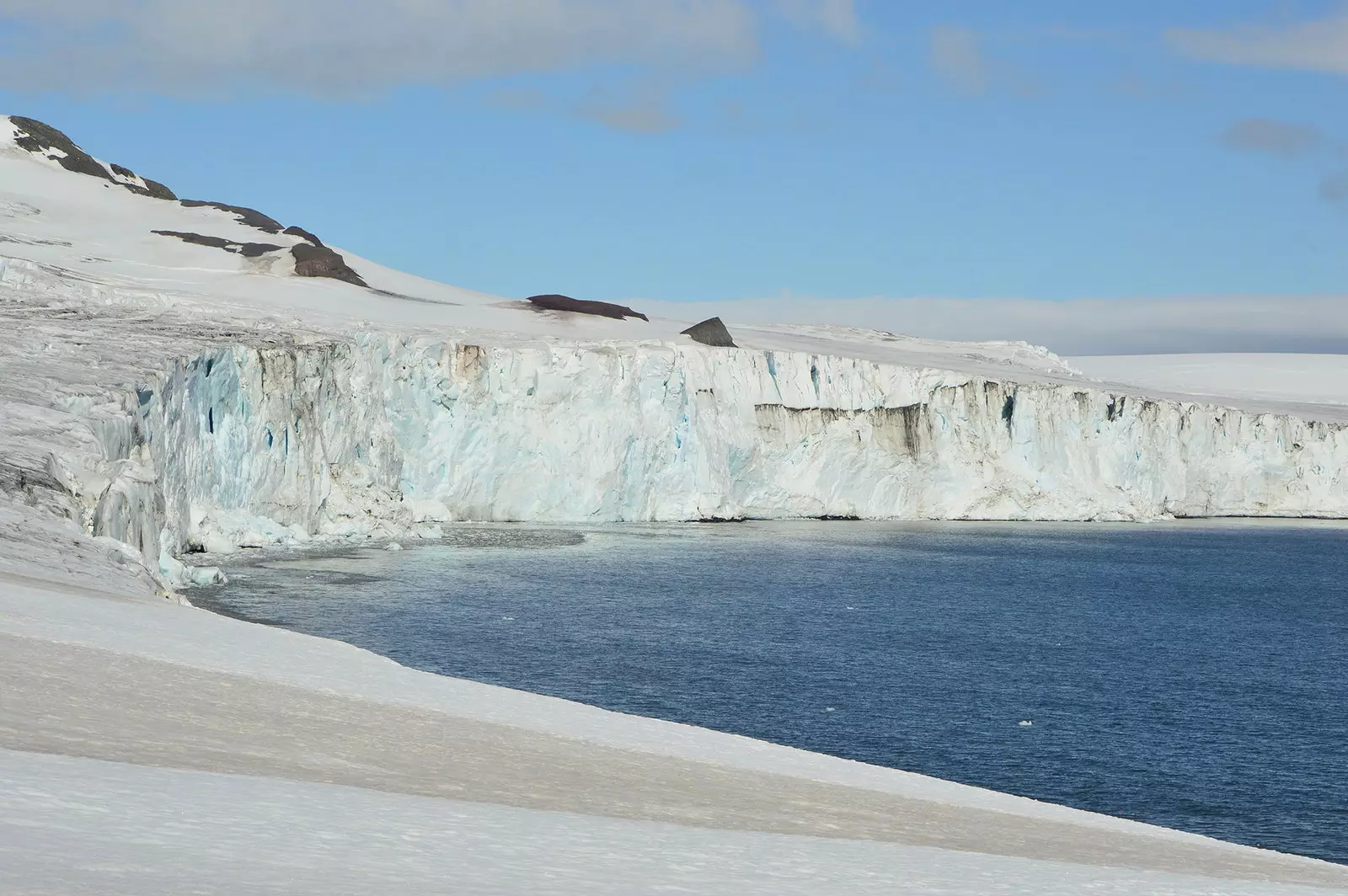
White and blue, the predominant colors
in an isolated dee's bay , on a bed of snow and in front of a floating glacier, we were extremely lucky to find a female leopard seal, an animal that is very difficult to spot. comes to weigh 600 kilos, its mottled skin with black spots stands out, hence its name.
It is known for its aggressiveness. She devours penguins, seals and sea lions with amazing ease. Now, resting next to her calf, she wore her most affable face.
THE WHALE CEMETERY
Much has been speculated about the myth of whale cemeteries, bays far from the world, where the largest creatures on the planet come to die in peace. As well, yes they exist. About 200 meters from the base there is a small black earth beach and boulders with numerous whale remains –vertebrae and ribs-, and at least three complete skeletons, reminiscent of the framework of a large stranded ship.
One of the scientists explains that due to its proximity to the coast and the state of its bones, the animal got there by itself, helped by the tides. When walking through the animal cemetery, you can breathe a solemn peace.
Antarctica, in addition to being one of the last ecosystems where the human footprint is still not visible and hosting the 70% of fresh water on the planet , shows us that sometimes the legends are true.
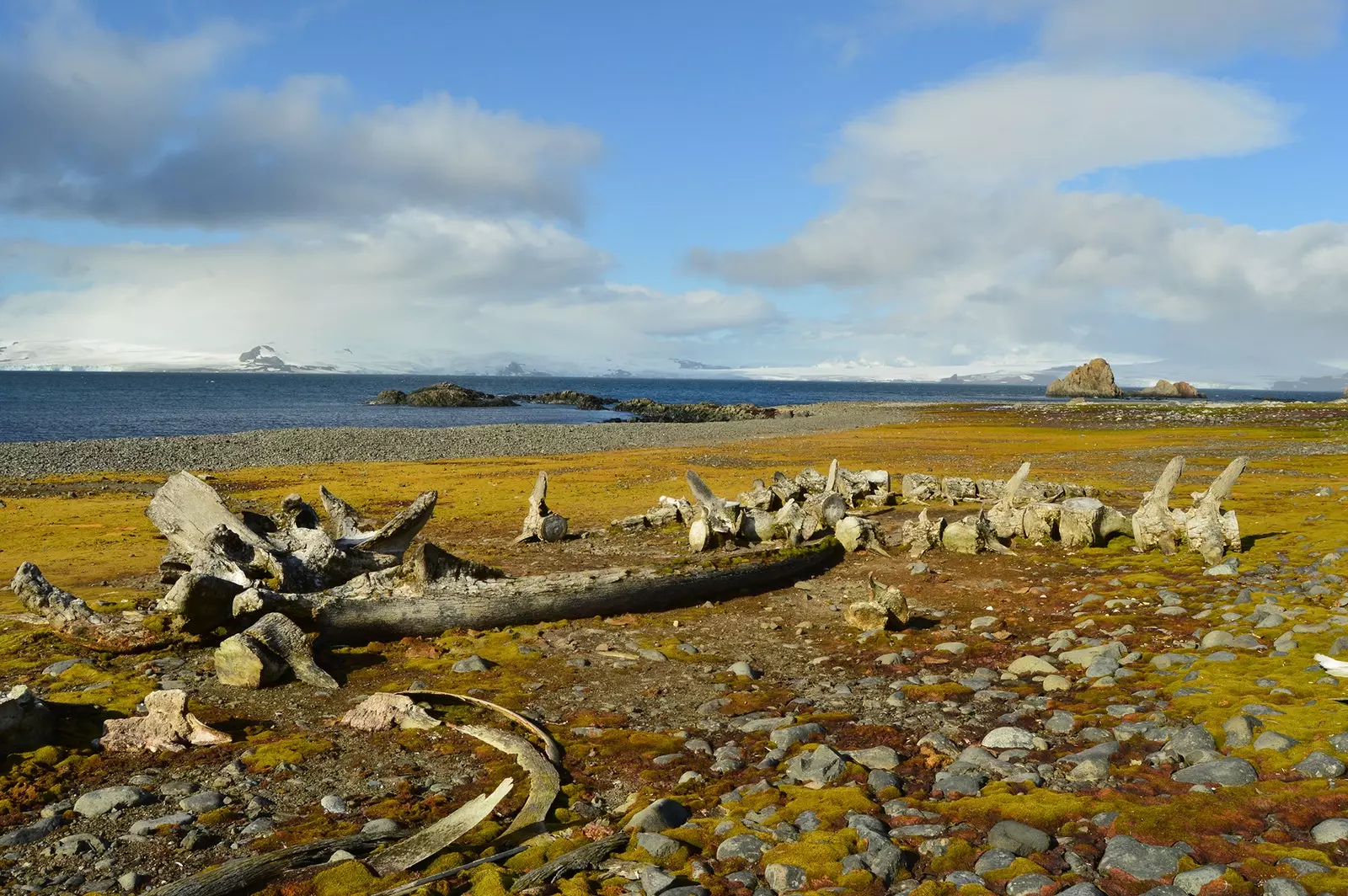
The whale graveyard does exist
VISIT ANTARCTICA
In addition to being a tourist destination, Antarctica develops scientific investigations . I had the opportunity to participate in the XXII Antarctic Expedition of Ecuador , led by the Commander Julio Ortiz Melo and organized by Commander Juan Carlos Proano , director of Ecuadorian Antarctic Institute for three years.
French, Spanish, Colombian and Ecuadorian scientists participated in it. Among other questions, they investigated the effects of climate change, the use of natural microorganisms for the degradation of hydrocarbons , the behavior of Antarctic currents or the evolution of glaciers. Its base, the Pedro Vicente Maldonado Scientific Station , is located in the Greenwich Island, in the South Shetland archipelago, very close to the mainland.
The so-called sixth continent is legislated by the Antarctic Treaty, signed in Washington in 1959 . Ecuador - like Spain, which has two bases - is one of the 53 countries are part of it . In addition, it is a consultative member, it has voice and vote for the making of any decision. This treaty freezes any type of territorial claim, prohibits military practices and promotes scientific research for peaceful purposes.
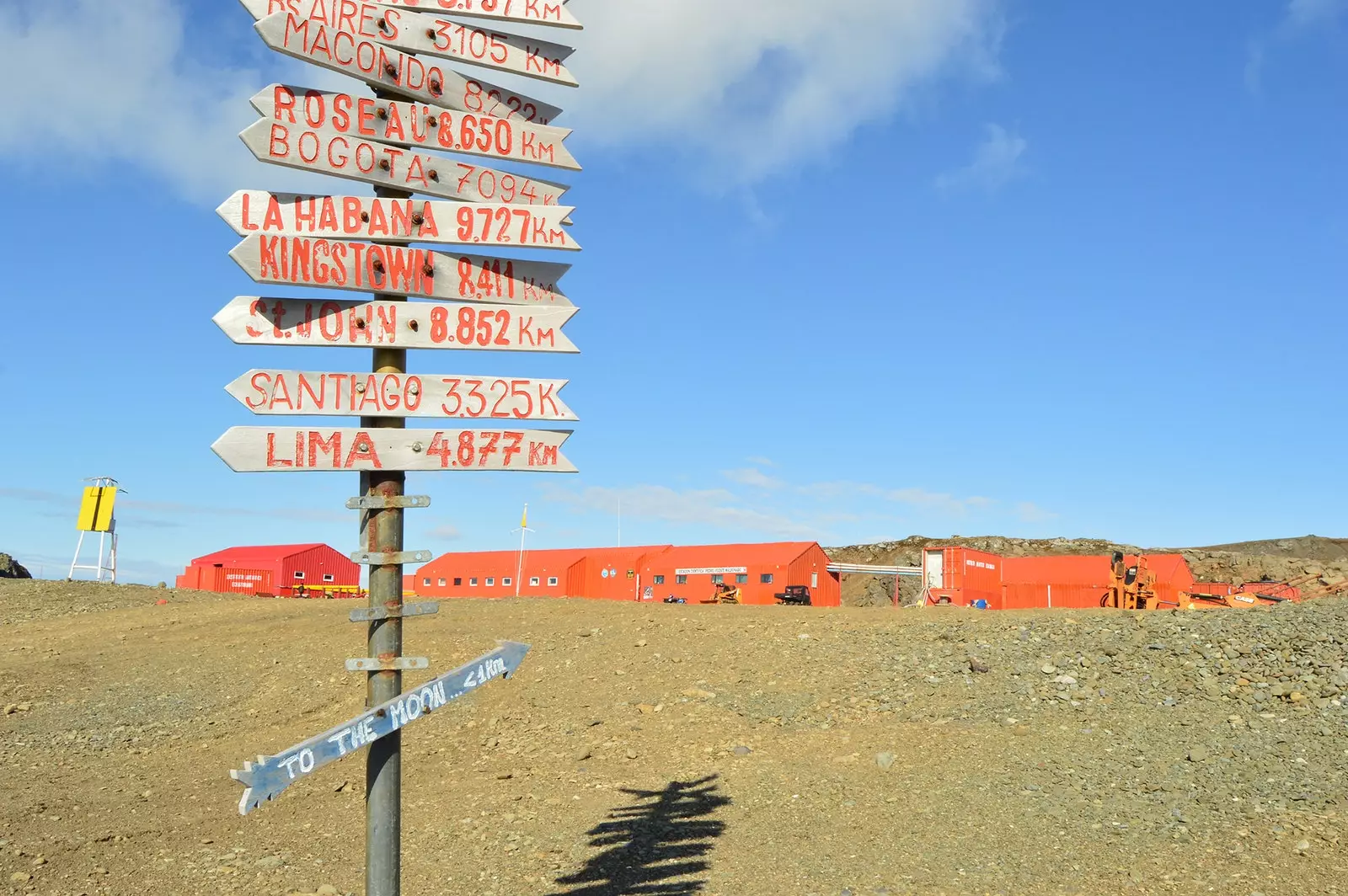
Pedro Vicente Maldonado Scientific Station
HOW TO GO
In Antarctica there are no hotels, nor are there regular plane flights. The only way to visit it is on a cruise , which have an average duration of 15 days . The starting points are the city of Punta Arenas, in Chile and Ushuaia in Argentina. Some companies that offer this service are: Patagonia Online , Antarctic Patagonia o Travel Antarctica.
WHEN TO GO
In Antarctica there is only one visiting season, which goes from November to March , the rest of the year cannot be visited due to adverse weather conditions. Now, in the Spanish spring, is the best time to plan your trip and book your stay.
